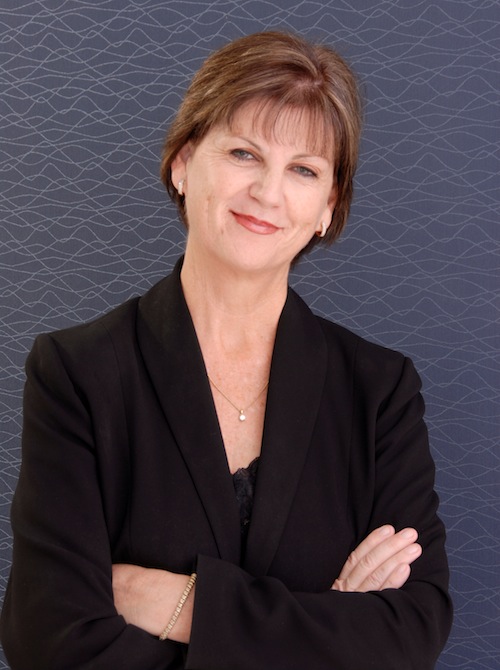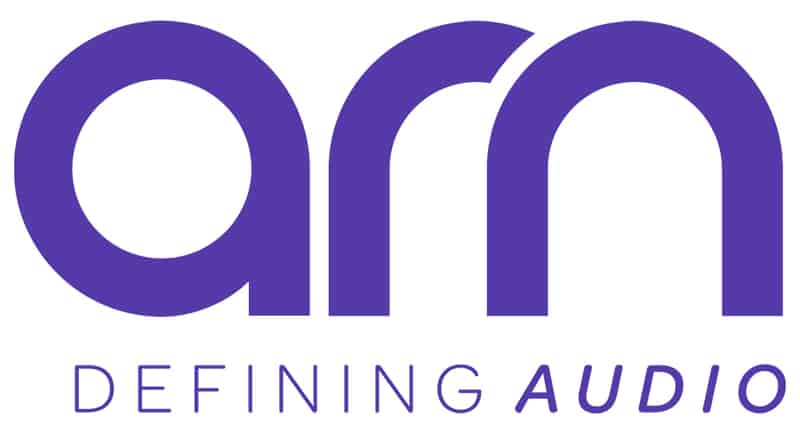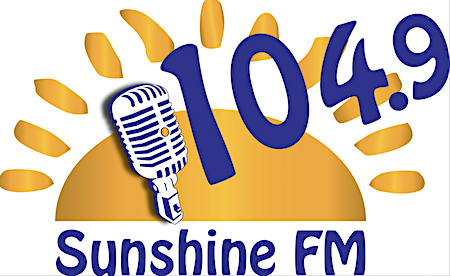CRA respond to claims radio revenue to crumble

In an article in The Australian a couple of days ago, they said that free-to-air TV and radio would be next to take a hit in ad revenue, following on from what has been happening to newspapers and magazines.
Venture Consulting said that music streaming services would begin to offer real competition for advertising dollars.
They said "radio faced a fall from 8.2% to 6.8%" of market share. Whereas PwC had forecast a 0.2% drop for radio to 9%. Venture saw this as an ad revenue decline for radio from $1.01bn to $893 million.
"(Broadcasters) have been cushioned for some time, even though they have had their audience start to migrate away," Venture manager Phil Codrington (pictured above) said. "The online competition hasn't been a proper substitute for them because they have had too small an audience and haven't been able to reach the same mass."
The article also said that radio had "held its revenue stable in recent years despite losses in listeners. But streamers such as Pandora and Spotify were an increasingly viable medium for larger advertisers as improved products increased their appeal, especially to younger listeners."
"The effect on streaming is a few more years out than that effect on TV but (that will) start to come into play," Codrington said. "It's something we're seeing the early signs of in the US. As a network Pandora is now a competitive size to large radio networks over there and so they're able to start to compete."
The full piece in The Australian is here.
We asked Joan Warner, CEO of Commercial Radio Australia, to respond to the claims made in the above article. This is her email to Radio Today in full :-
 "Pundits have prophesised the demise of radio at the hands of new technology in the past (TV, ipods, podcasts, internet etc) but the industry continues to defy the critics as it has historically. From podcasts to digital radio and social media, the radio industry has integrated advancements in technology into our broadcast model, while still providing free to air live, local and entertaining radio.
"Pundits have prophesised the demise of radio at the hands of new technology in the past (TV, ipods, podcasts, internet etc) but the industry continues to defy the critics as it has historically. From podcasts to digital radio and social media, the radio industry has integrated advancements in technology into our broadcast model, while still providing free to air live, local and entertaining radio.
"Across the board radio has done well to retain its revenue share in what is an increasingly competitive and volatile media market. Metropolitan ad revenue has recorded its seventh consecutive month of growth. These figures sourced by Deloitte from metropolitan AM and FM broadcasting revenues only and include both direct and agency revenue figures.
"The article you refer to in the Australian inaccurately reported ”despite losses in listeners”. Commercial radio audience listening has continued to grow. Last year 9.5 million people listened to commercial radio each week – up from 9.4 million people the previous year in the 5 capital cities. Of this audience, commercial radio reached 85% of 10-17 year olds each week, followed by 79% of people aged 40-54 years and 78% of 18-24 year olds.
"Several commercial radio broadcasters have forged relationships with streaming service providers to provide yet another way of engaging with their audience.
"Internationally, radio broadcasters are actually looking at our Australian radio industry and asking our advice about the successful introduction of digital radio to offer listeners more stations and further engagement.
"The Australian radio industry is more than just music. Radio stations have developed a very successful industry where listeners are loyal to their favourite radio station and its on air teams and personalities. They listen for local news, information, entertainment and have built up relationships with their favourite stations and on-air personalities. Australian radio is completely different to the USA, that has user pays subscription satellite radio as well as many stations that have become more juke-box like and are more music driven."


